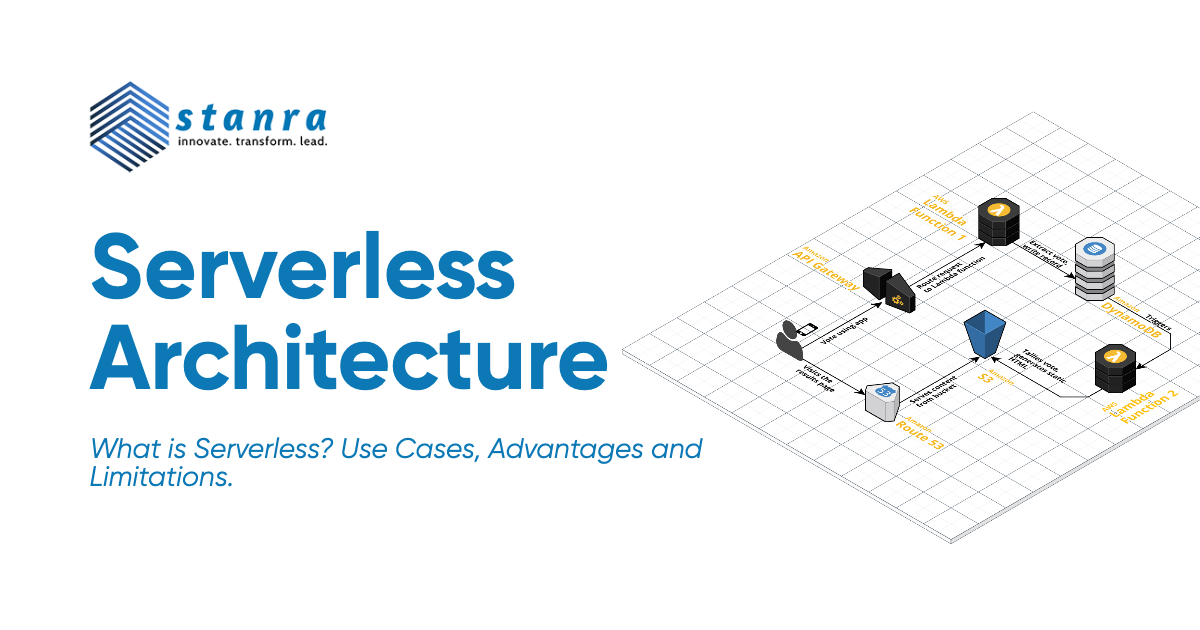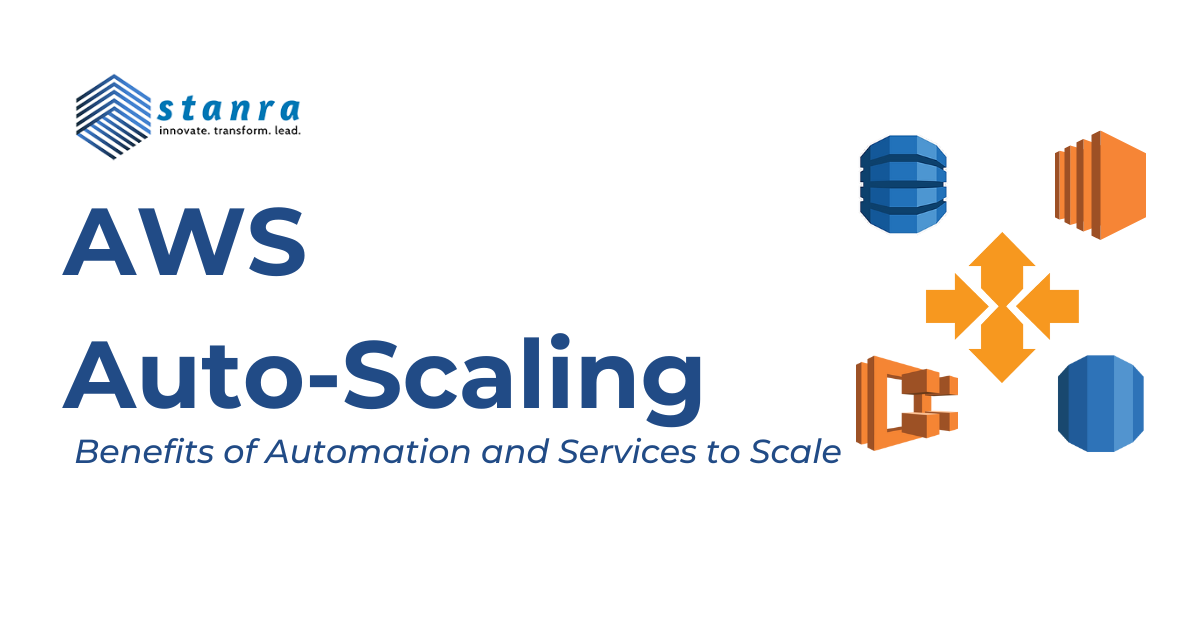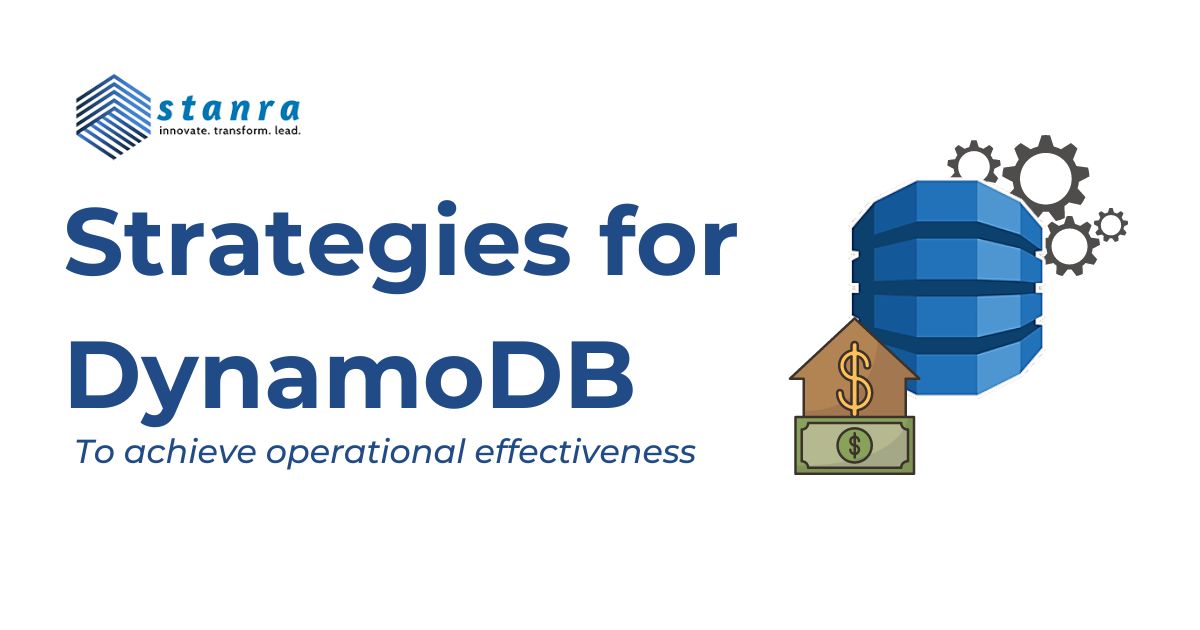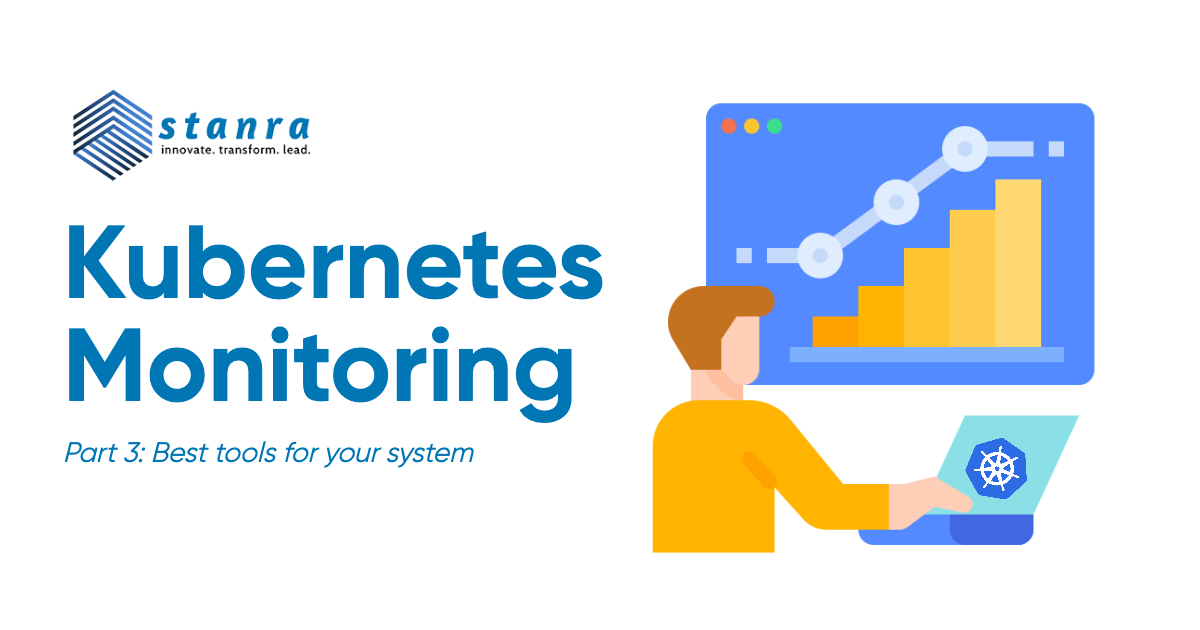As more and more organizations start using cloud computing, the focus is shifting from setting up cloud storage and infrastructure to developing agile work culture and increasing productivity. Chasing optimization and enhanced performance at lower costs has compelled organizations to use cutting-edge architectural developments like serverless computing. Serverless doesn’t really mean “Without a server”. All it really means is that the computational requirements of your code can be satisfied without running an EC2 instance and you’re charged only for the computation power used. In this article, we take a deep dive to understand serverless architecture, its advantages and limitations, along with some hints as to when this approach can be used.
What is Serverless Architecture?
Serverless Architecture is an event-based pattern of software that handles, provisions and scales servers and databases automatically. This approach enables developers to focus on developing code and optimizing design that will make way for business growth. AWS Lambda is a service provided by Amazon that is event-driven by executing small modules of code. The code and the service are triggered by certain events that happen in application modules, restricting the compute resource consumption to those few milliseconds that your code took to run. This results in great cost efficiency and dynamic scaling of resources.
Let’s suppose an image processing website that lets you upload and convert any picture to greyscale. While the website will run on EC2 instances, image processing can be used as Lamda functions that trigger only when an image is uploaded. While the execution of this particular application can also be done using EC2 instances, when we take into consideration the unpredictability of traffic coming to this website, paying only for the compute power used when the user uploads an image, becomes very efficient.
When to go Serverless?
To better understand the applications of using serverless computing, go through the list below:
- Serve unpredictable workloads to satisfy development needs and customer demands
- Image processing, dynamic resizing, transcoding videos and simplifying the processing of multimedia for various devices
- IoT triggers to get device/sensor status and perform instant computation before delivery of content
- Build RESTful APIs that scale with demand
- Perform security checks to scan the instances for misconfigurations or vulnerabilities
Advantages of Serverless
While common benefits of serverless architecture are reduced time-to-market, cost-efficient pricing models and ensuring quality software development, there are many more advantages.
- No need to manage the infrastructure on which your program runs
- Segregated from entire application development that prevents failures
- Build independent API calls
- Developers focus on codes and optimizing applications
- Businesses become more agile and gain a competitive edge
- The pay-for-compute model removes heavy investments in terms of managing the architecture
Limitations of Serverless
- Cold starts can create an issue which delays the execution of your code
- Longer workloads can turn out to be costlier
- This approach increases the number of functions, making the entire application much more complex
- As cloud providers have control over the infrastructure, it may impact the flexibility and customization of your system
Serverless architecture offloads the responsibility of managing servers and focusing on what matters most – making your business agile and efficient. This approach is one step towards modernizing your applications and we can further this discussion on your serverless considerations. Connect with us or visit us on our website.







Leave A Comment